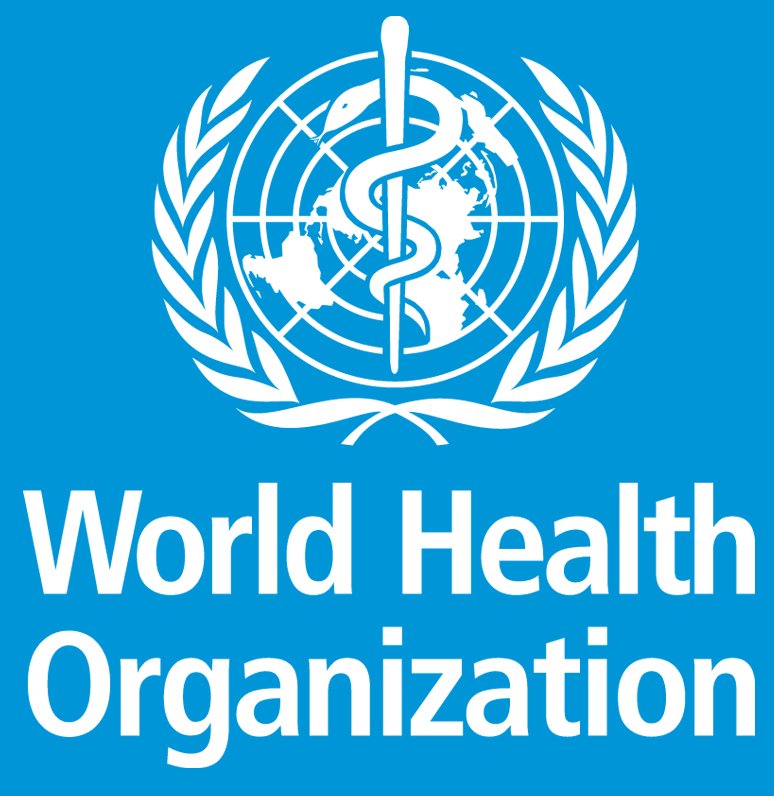
On Sunday, July 17, 2022, the Ghana Health Service confirmed the country’s first-ever outbreak of the Marburg virus disease.
According to a statement released by the West African country, two deaths have been recorded, while at least 98 contacts have been traced and quarantined.
In a statement confirming the report, the World Health Organisation added that the two persons confirmed to have died after contracting the Marburg virus had reported at the same hospital.
“The Institut Pasteur in Dakar, Senegal, received samples from each of the two patients from the southern Ashanti region of Ghana – both deceased and unrelated – who showed symptoms including diarrhoea, fever, nausea and vomiting,” the statement reads.
Though no other country in West Africa has reported a single case of the virus, the WHO stated on its website that it informed neighboring countries of the development.
The PUNCH reports that the Marburg virus disease is a highly virulent disease that causes haemorrhagic fever, with a fatality ratio of up to 88%. It is in the same family as the virus that causes the Ebola virus disease.
In this piece, The PUNCH highlights what you need to know about the Marburg virus:
History
According to the WHO, the Marburg virus is the causative agent of Marburg virus disease, a disease with a case fatality ratio of up to 88%, but can be much lower with good patient care.
Marburg virus disease was initially detected in 1967 after simultaneous outbreaks in Marburg and Frankfurt in Germany; and in Belgrade, Serbia.
WHO noted, “Marburg and Ebola viruses are both members of the Filoviridae family. Though caused by different viruses, the two diseases are clinically similar. Both diseases are rare and can cause outbreaks with high fatality rates.
“Two large outbreaks that occurred simultaneously in Marburg and Frankfurt in Germany, and Belgrade, Serbia, in 1967, led to the initial recognition of the disease.
“The outbreak was associated with laboratory work using African green monkeys (Cercopithecus aethiops) imported from Uganda. Subsequently, outbreaks and sporadic cases have been reported in Angola, the Democratic Republic of the Congo, Kenya, South Africa (in a person with recent travel history to Zimbabwe), and Uganda.
“In 2008, two independent cases were reported in travelers who had visited a cave inhabited by Rousettus bat colonies in Uganda.”
Mode of Transmission
Marburg spreads through human-to-human transmission via direct contact (through broken skin or mucous membranes) with infected people’s blood, secretions, organs, or other bodily fluids, and surfaces and materials (e.g. bedding, clothing) contaminated with these fluids.
The WHO also noted, “Health-care workers have frequently been infected while treating patients with suspected or confirmed MVD. This has occurred through close contact with patients when infection control precautions are not strictly practiced.
“Transmission via contaminated injection equipment or through needle-stick injuries is associated with more severe disease, rapid deterioration, and, possibly, a higher fatality rate.”
Burial ceremonies involving direct contact with the deceased’s body can also contribute to the transmission of Marburg.
People remain infectious as long as their blood contains the virus.
Symptoms
The incubation period (interval from infection to onset of symptoms) varies from 2 to 21 days.
Illness caused by the Marburg virus begins abruptly, with high fever, severe headache, and severe malaise. Muscle aches and pains are common features. Severe watery diarrhea, abdominal pain, and cramping, nausea, and vomiting can begin on the third day. Diarrhoea can persist for a week.
The appearance of patients at this phase has been described as showing “ghost-like” drawn features, deep-set eyes, expressionless faces, and extreme lethargy. In the 1967 European outbreak, non-itchy rash was noted in most patients between 2 and 7 days after the onset of symptoms.
Many patients develop severe haemorrhagic manifestations between 5 and 7 days, and fatal cases usually have some form of bleeding, often from multiple areas. Fresh blood in vomitus and faeces is often accompanied by bleeding from the nose, gums, and vagina. Spontaneous bleeding at venepuncture sites (where intravenous access is obtained to give fluids or obtain blood samples) can be particularly troublesome.
During the severe phase of illness, patients have sustained high fevers. Involvement of the central nervous system can result in confusion, irritability, and aggression. Orchitis (inflammation of one or both testicles) has been reported occasionally in the late phase of the disease (15 days).
Treatment
Currently, there are no vaccines or antiviral treatments approved for MVD.
However, supportive care – rehydration with oral or intravenous fluids – and treatment of specific symptoms improve survival.
There are monoclonal antibodies (mAbs) under development and antivirals, e.g., Remdesivir and Favipiravir, that have been used in clinical studies for Ebola Virus Disease (EVD) that could also be tested for MVD or used under compassionate use/expanded access.





